Applications and advancement of NGS Data
Kelsey Florek, PhD, MPH
Senior Genomics and Data Scientist
Wisconsin State Laboratory of Hygiene
March 24, 2025
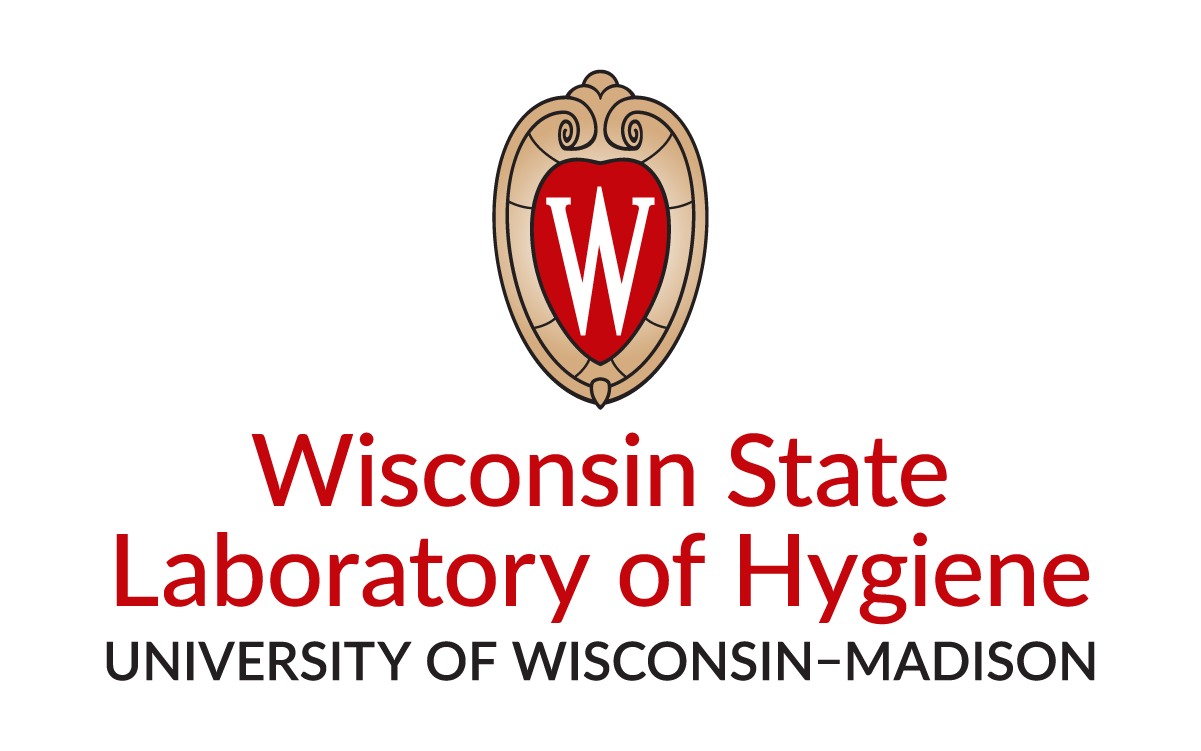

How does a Diagnostic Test compare to a Surveillance Test in Public Health?
How does a NGS Diagnostic Test compare to a NGS Surveillance Test in Public Health?
NGS Diagnostic Testing

Streptococcus pneumoniae serotyping
Real-time PCR Approach:
- 48 real-time PCR assays in 12 quadriplex reactions
- allows for detection of 64 serotypes as individual serotypes or small serogroups
WGS Approach:
- allows for detection of 631 serotypes and genetic variants
- full genomic resolution allows the additional detection of AMR and virulence factor genes
Metagenomic LDT for respiratory virus detection and discovery

Commercial Clinical Tests
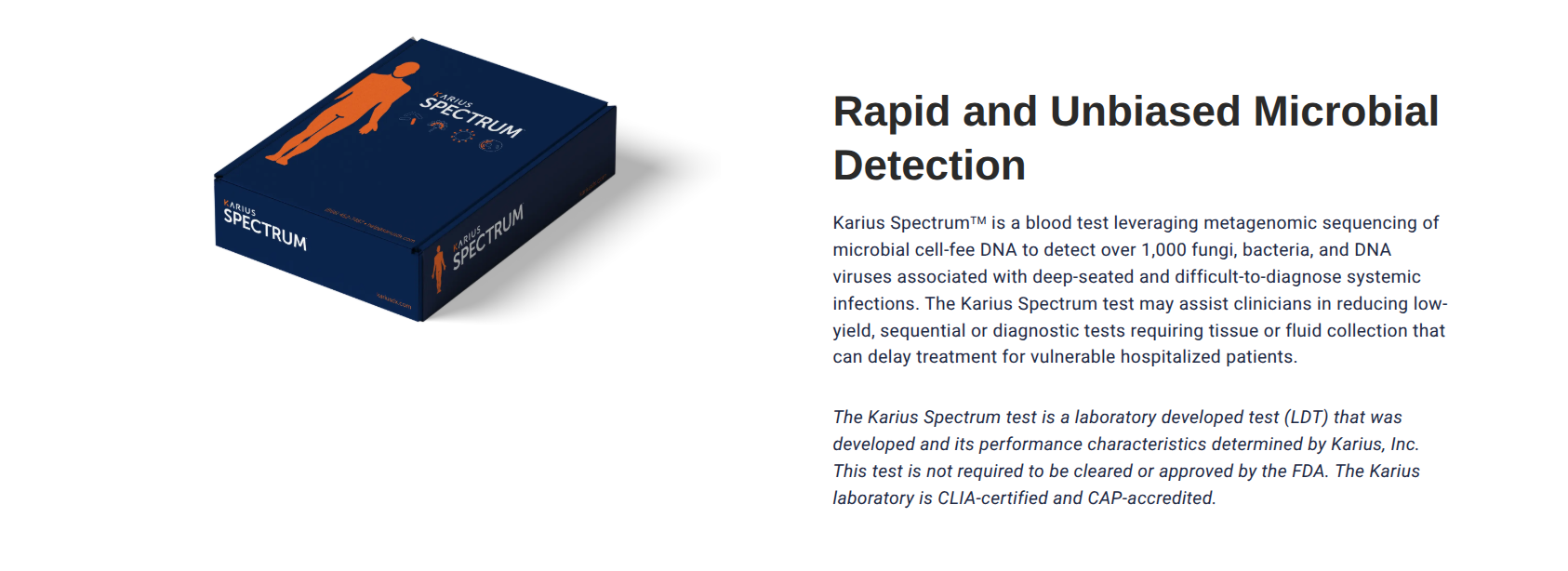
NGS Surveillance Testing
Using Genomic Data to inform Surveillance
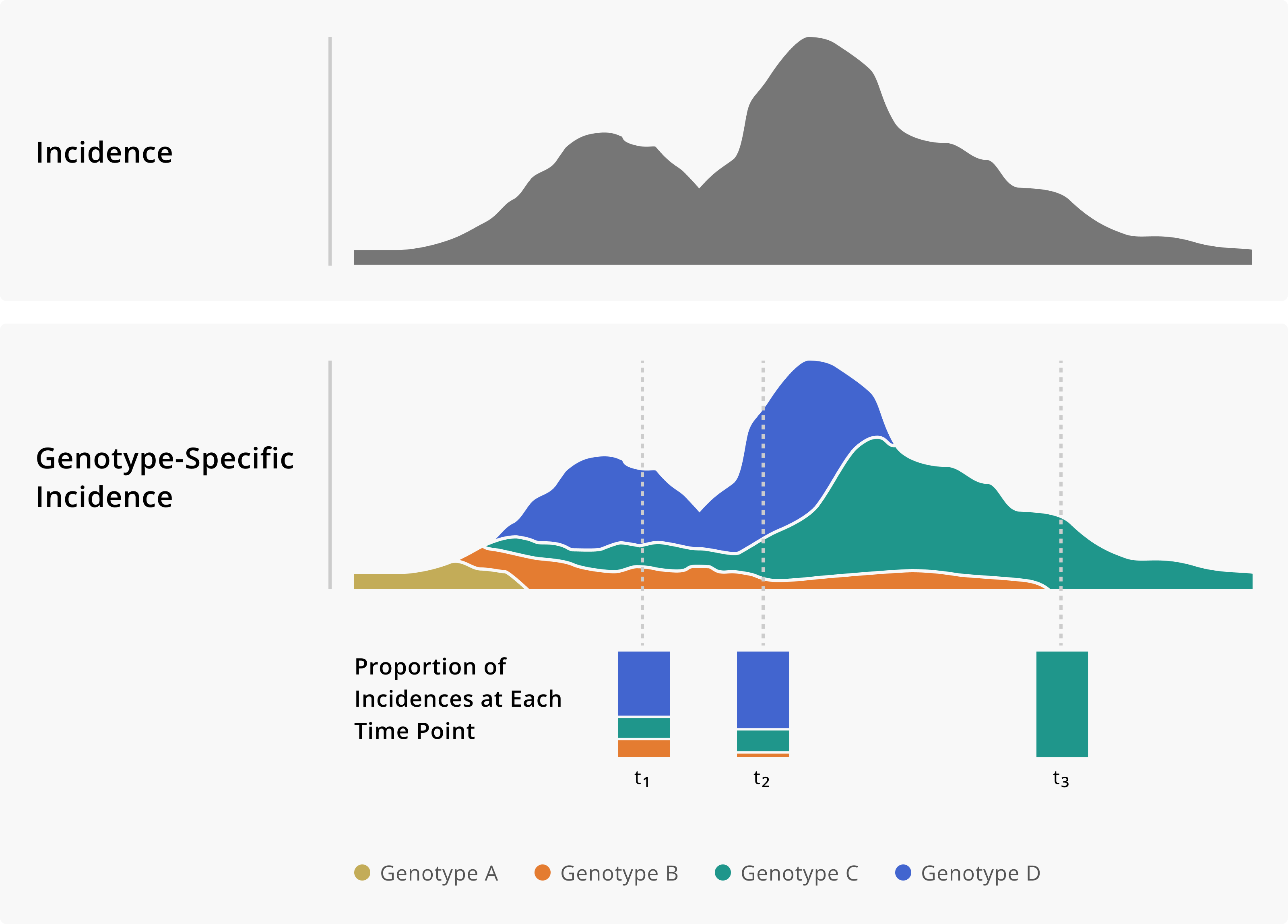
National Influenza Surveillance Reference Centers
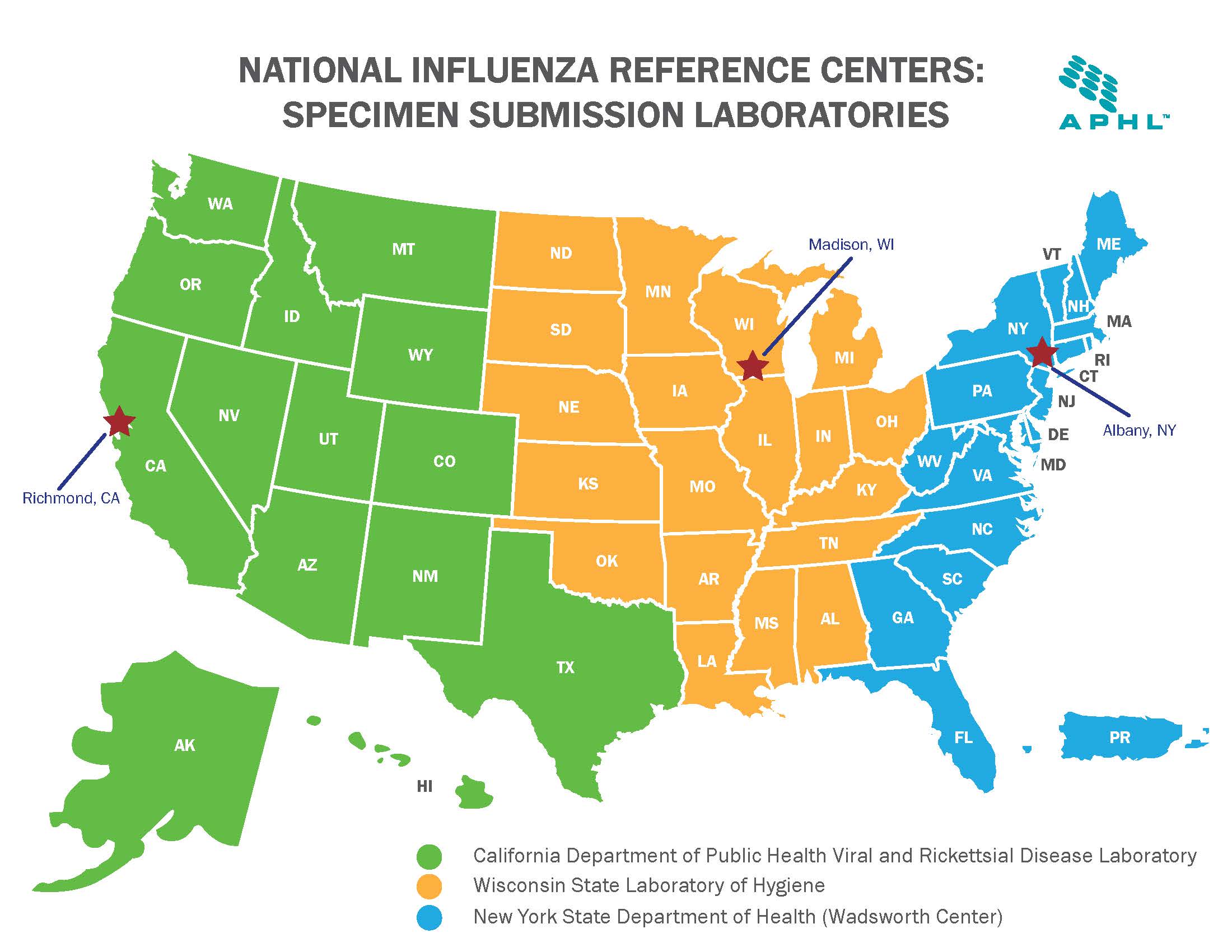
APHL and CDC developed the Influenza Virologic Surveillance Right Size Roadmap to systematically define the rationale, vital capabilities, and optimal "right size" for influenza virologic surveillance. The Roadmap can help states determine the optimal amount of laboratory testing to meet national surveillance goals with confidence that the data provides an accurate picture of what is really happening within the US.
Using Genomic Data to inform Outbreaks
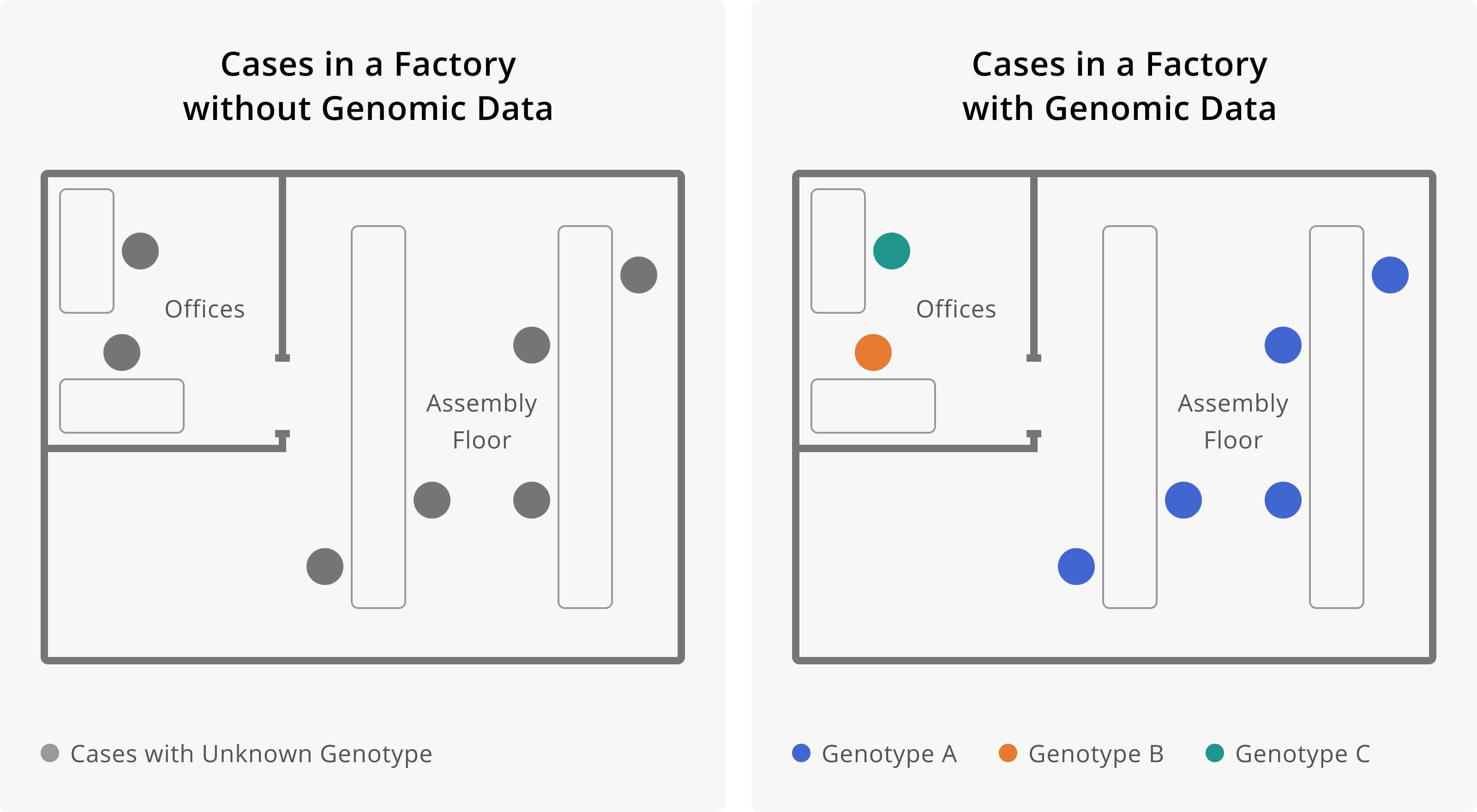
Carbapenem-Resistant Acinetobacter baumannii Outbreak
- Amikacin: Resistant
- Aztreonam: Resistant
- Cefepime: Resistant
- Cefotaxime: Resistant
- Ceftazidime: Resistant
- Ciprofloxacin: Resistant
- Colistin: Susceptible
- Doripenem: Resistant
- Doxycycline: Resistant
- Gentamicin: Resistant
- Imipenem: Resistant
- Levofloxacin: Resistant
- Meropenem: Resistant
- Minocycline: Intermediate
- Piperacillin-tazobactam: Resistant
- Polymyxin-B: Susceptible
- Ticarcillin-clavulanate: Resistant
- Tobramycin: Resistant
- Trimethoprim-sulfamethoxazole: Resistant
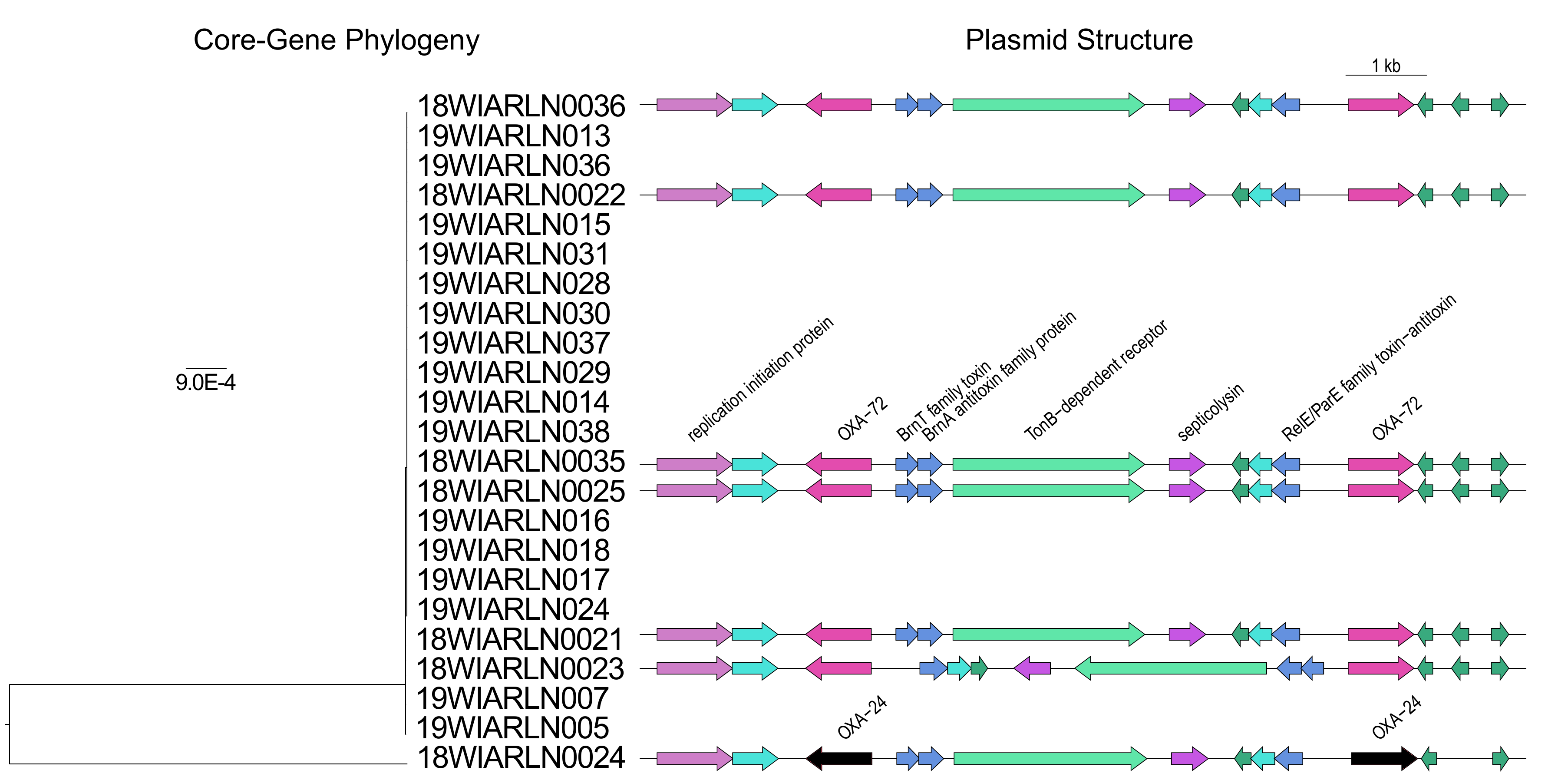
Carbapenem-Resistant Acinetobacter baumannii Outbreak

Considerations for Genomic Surveillance
NGS data in key aspects of genomic epidemiology
- Identifying Outbreaks
- Determine the origin of an outbreak
- Calculate epidemic parameters
- Track and reconstruct transmission routes
- Identify genes and genotypes associated with pathogen phenotypes of interest
- Is there an outbreak?
- Where, when and how did a pathogen enter the population of interest?
- How quickly is the number of infections from the pathogen growing (that is, what are the epidemic dynamics)?
- How is the pathogen spreading through the population?
- What genes or genotypes are associated with the pathogen’s virulence or other phenotypes of interest?
Value of NGS Data increases with timeliness of data and density of samples
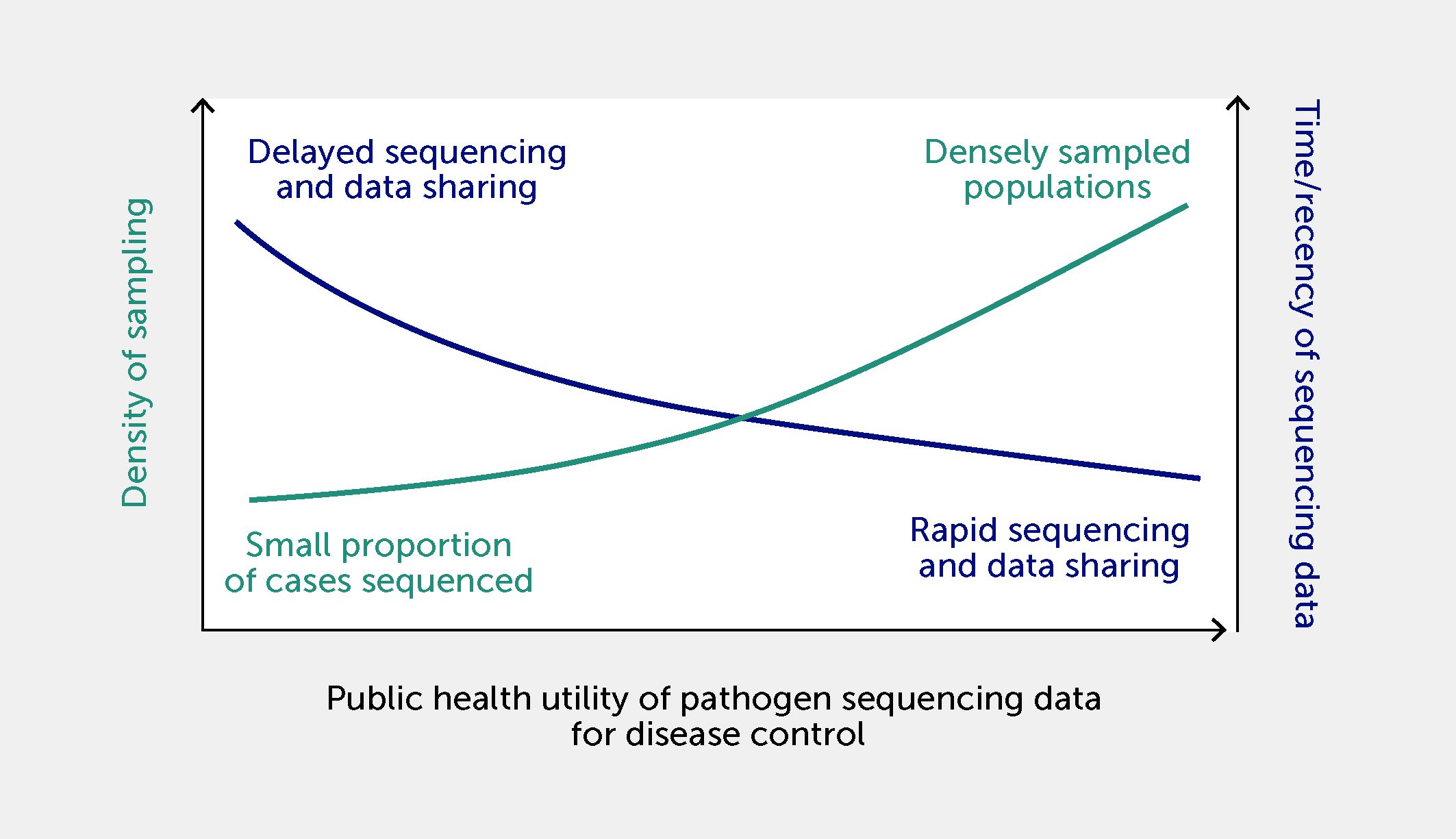
"The utility of pathogen sequencing data is also a function of sequencing density (i.e., the proportion of cases of a disease from which genomes of relevant pathogens are sequenced and shared) and the timeliness of data sharing."
"A focus on seamless integration of genomic, microbiological, clinical, and epidemiological data from across sectors is also crucial."
Enhanced Detection System for Healthcare-Associated Transmission (EDS-HAT)
Combination of WGS surveillance and ML of electronic health records to identify outbreaks and transmission routes.
"EDS-HAT could have prevented 25 (lower bound) to 63 (upper bound) transmissions. Moreover, 3.1–8.0 fewer 30-day attributable readmissions and 1.6–3.3 fewer deaths would have occurred had EDS-HAT been running in real time."
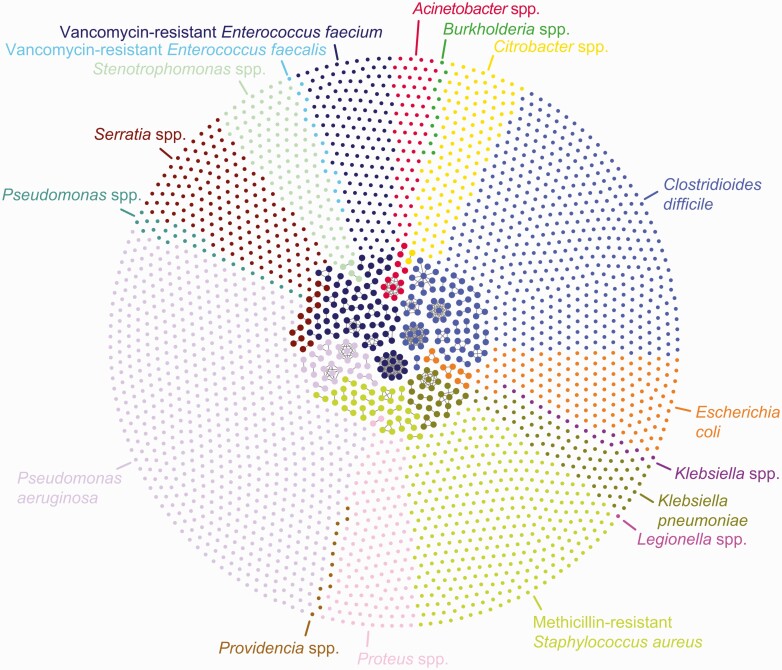
Genomic Surveillance: Bioinformatics

Bioinformatics Tools and Workflows
Bioinformatics Software/Workflows
- Developed by a researcher or student
- Software updates slow or non-existent
- Limited documentation
- Limited scope or applicability
- Suboptimal resource usage
Testing Laboratory Requirements
- Validation/Verification
- Consistency: algorithms and databases
- Audit trails: data & system
- Integration with LIS
- QA/QC/QI
- Data security
Workflow Management Languages
Nextflow
- Channels/Processes
- Workflow Logs/Process Logs/Trace File/Execution Report
- Task Caching
- Job isolation with Containers
- Compatibility with range of HPC and Cloud platforms
WDL (Cromwell)
- Task
- Workflow Logs/Call Logs
- Call Caching/Checkpoint Files
- Job isolation with Containers
- Compatibility with range of HPC and Cloud platforms
SnakeMake
- Rule
- Rule Logs/Reports
- Between Workflow Caching
- Job isolation with Containers
- Limited compatibility with Cloud platforms
Galaxy

Workflow Execution Service (WES)
Infrastructure
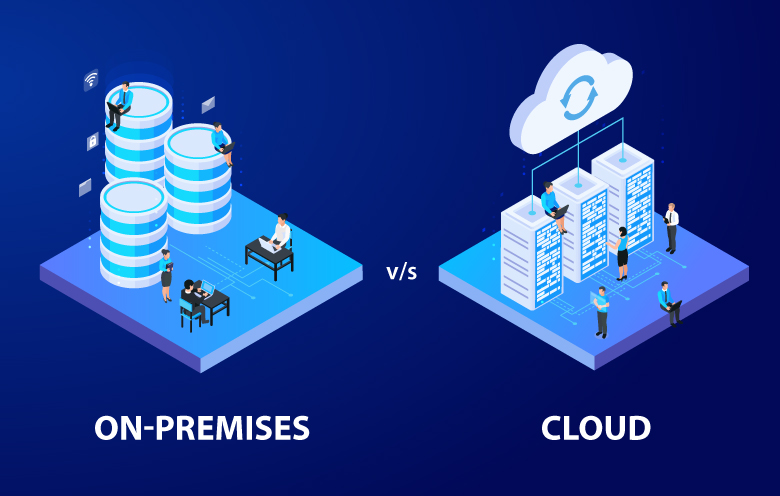
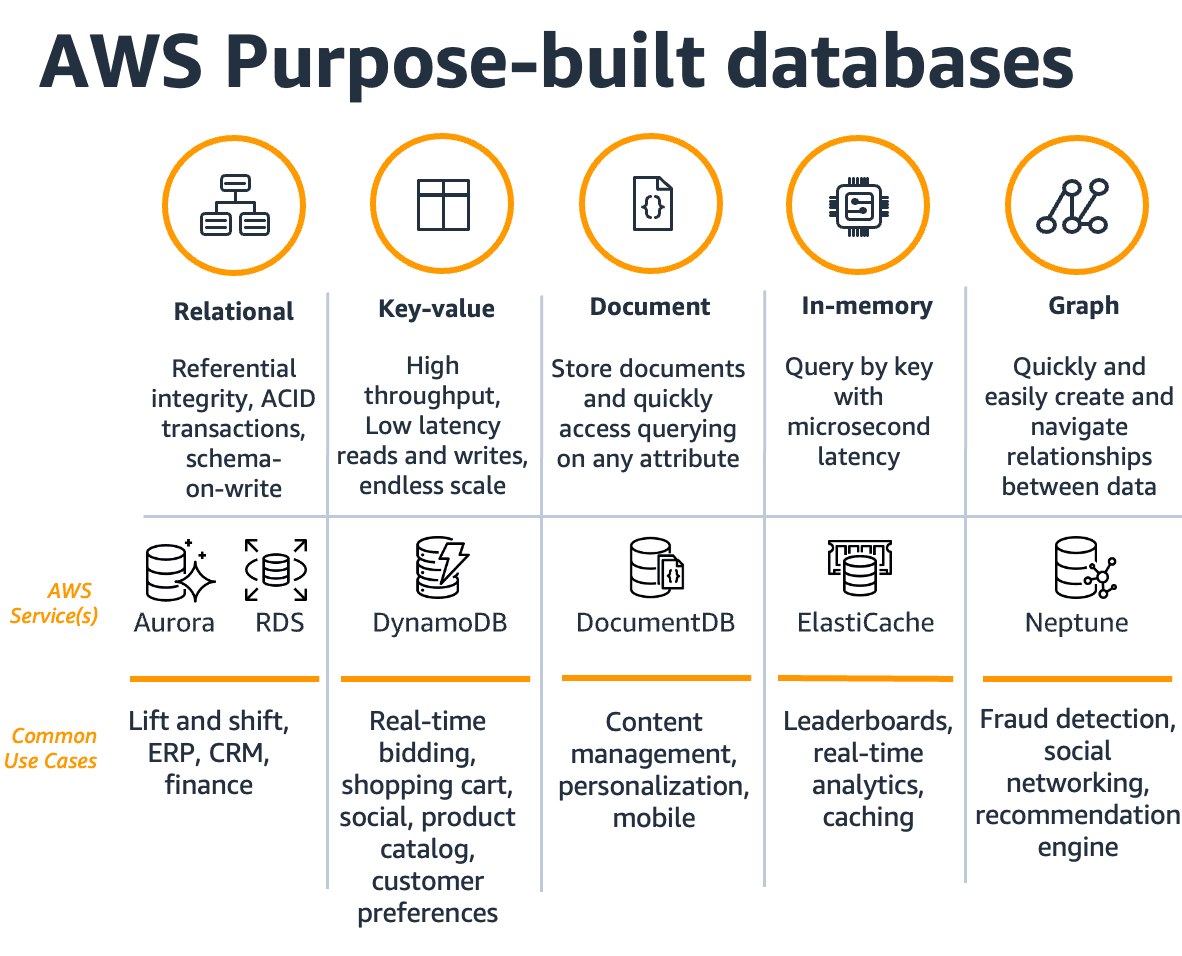
WSLH Nextflow Infrastructure
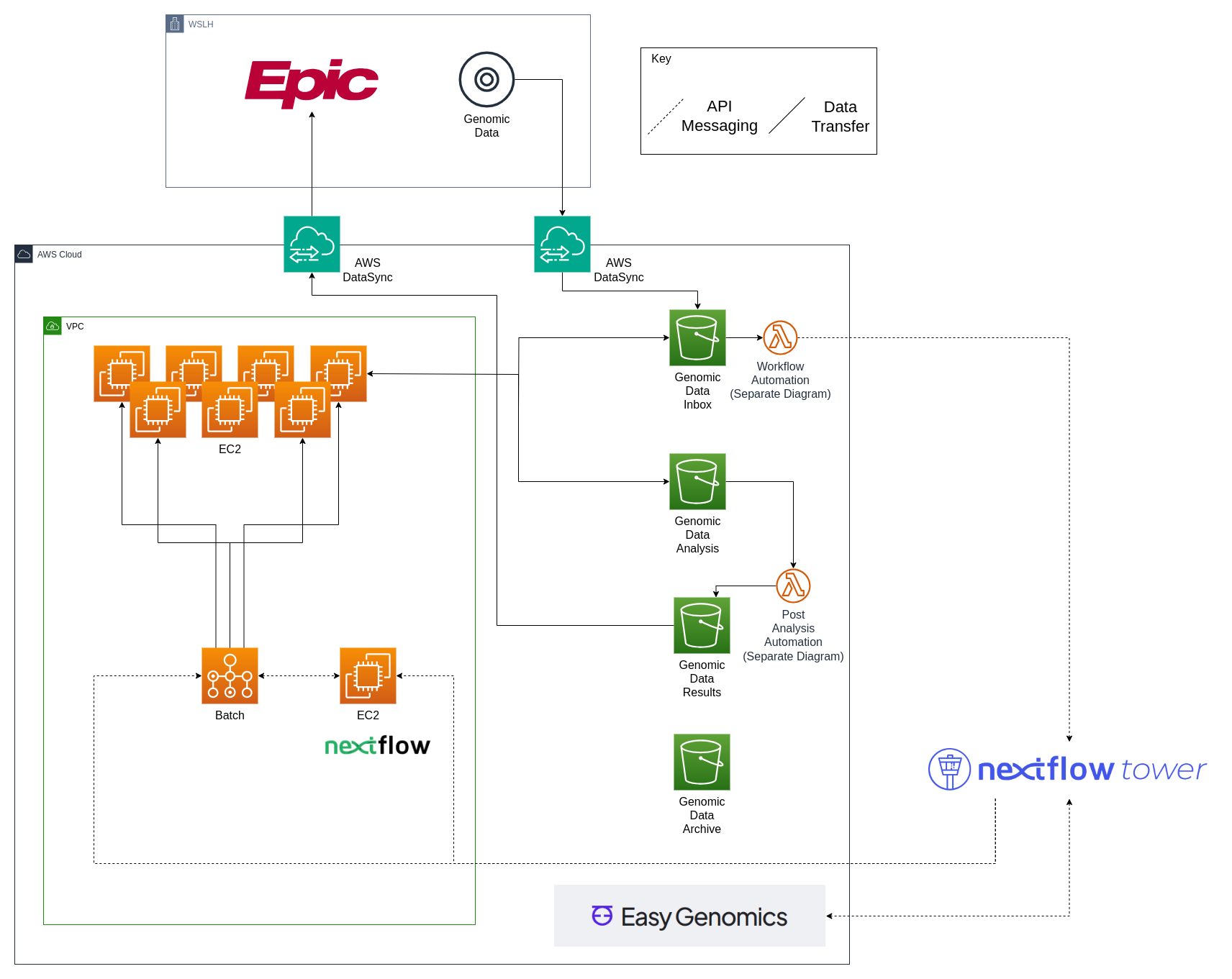
Genomic Surveillance: Data visualization
DIY Data Viz: R
- ggplot2: highly versatile plotting library
- plotly: interactive plotting library can be used in R or python
- ggtree: extension of ggplot2 for phylogenetic trees
- leaflet: JavaScript library for interactive maps, has an R extension
- R Markdown: notebook interface to weave narrative and plots
- Shiny: web-apps for R or Python
WSLH AR Report Generator
WSLH Data Portal
Nextstrain
MicrobeTrace
Microreact
AusTrakka
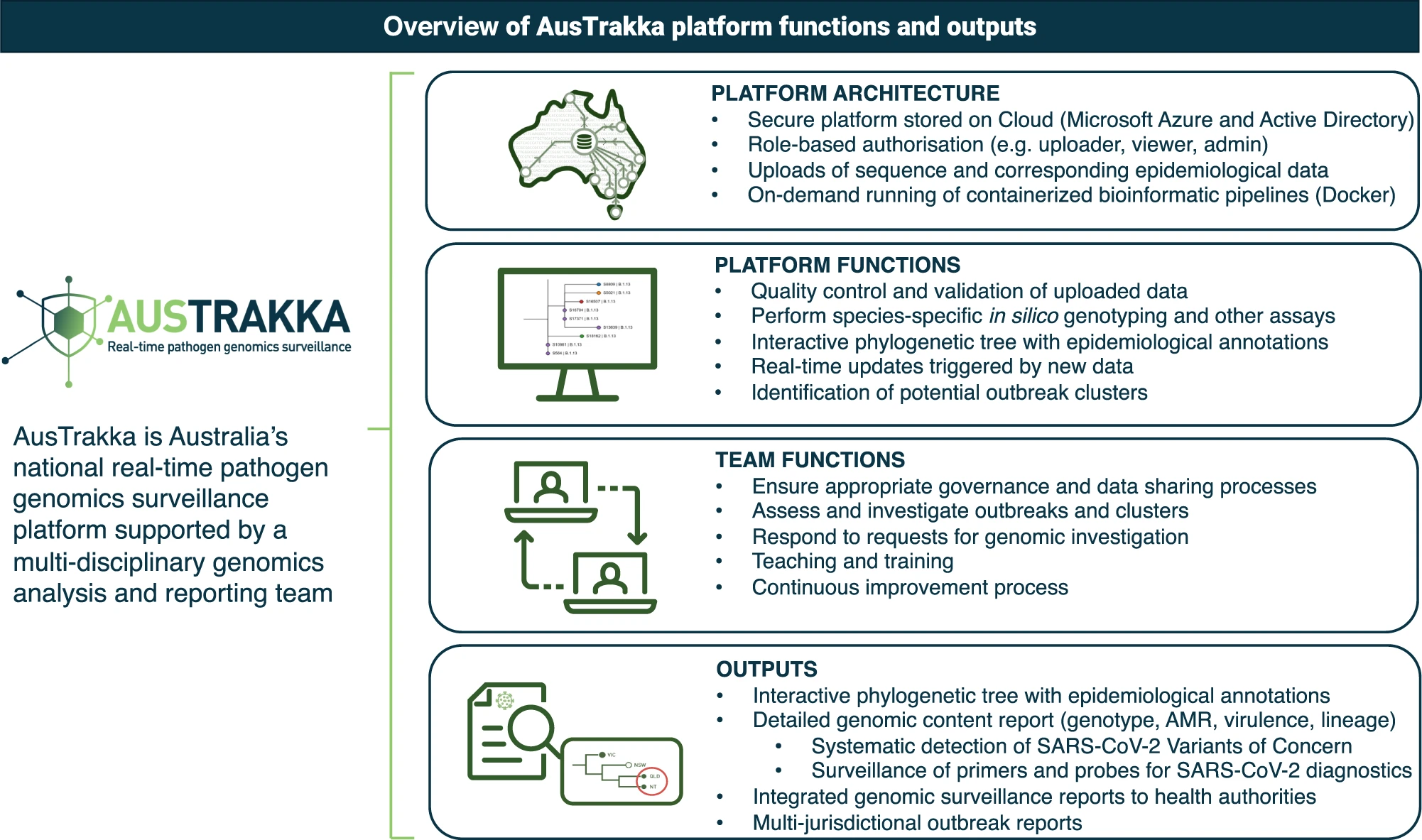
Final Considerations
- How does the combination of bioinformatics software, workflows, infrastructure apply in NGS Surveillance Testing and NGS Diagnostic Testing?
- What are the most important considerations when implementing a new NGS based Diagnostic Test?
- What are the most important considerations when implementing a new NGS based Surveillance Test?
- How does the audience impact the data visualization choices and content?
Acknowledgments
Special Thanks
